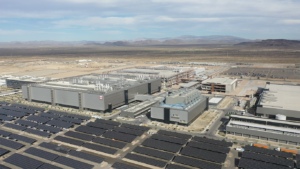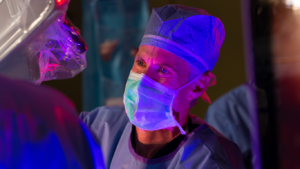|
NASA iTech has selected the top three teams out of a group of 10 finalists for their innovative technology projects and ideas that may improve future deep space exploration and life on Earth. NASA iTech is a collaborative effort to find and foster innovative solutions that aim to solve problems on Earth, and also advance technologies necessary to achieve NASA’s strategic objectives. The winning teams of entrepreneurs presented their proposed solutions to tough space technology challenges and were evaluated by NASA’s chief technologists, space industry leaders and potential investors. “NASA iTech gives innovators a platform to present their ideas to a unique group of technologists and investors who may be instrumental in their technology’s development. This gives them access to potential markets they may not have recognized,” said Jim Reuter, deputy associate administrator for NASA’s Space Technology Mission Directorate (STMD) in Washington. “This program activity is an exciting prospect for us as an agency, and gives us the opportunity to learn more about these innovations that are in various stages of technology readiness.” The top three winners of NASA iTech’s 2018 Cycle 1 are: Somatic Labs – PhoenixInnovation: Tactile Interfaces for Augmented Reality to Enhance Communication. A design software and reference hardware that animates the human sense of touch. Potential space application: enables communication that doesn’t rely on sight or sound Challenge Area: Augmented Reality Advancement FGC Plasma Solutions – Argonne, IllinoisInnovation: Novel Fuel Injectors to Enable Clean, Compact Propulsion. Plasma-assisted fuel injectors for improved combustion in jet engines and gas turbines. Potential aeronautics application: technology that reduces fuel consumption at low power Challenge Area: X-Factor Innovation Germfalcon – Los AngelesInnovation: Germfalcon – Germicidal UVC Emitting Robot for Commercial Aircraft. A germicidal UVC product designed for airlines that eliminates viruses and bacteria known to cause disease on high-touch aircraft surfaces. Potential space application: to protect the health of explorers on long-duration missions Challenge Area: Medical Breakthrough Leaders from NASA and prospective stakeholders evaluated the finalists’ ideas submitted in the following focus areas: Augmented Reality Advancement, Medical Breakthrough, and X-Factor Innovation. The X-Factor Innovation category allowed for entries that may not fit within a specific focus area but clearly demonstrated a potential to fill a critical need for NASA and humans on Earth. Judges selected the top three innovations based on criteria including technical viability, the likely impact on future space exploration, benefits to humanity and commercialization potential. The teams representing the top three entries selected at the end of the forum received a trophy during a recognition ceremony on Feb. 1. “NASA iTech is an innovative approach for the agency, and working with entrepreneurs developing new technologies keeps us apprised of what is being developed external to NASA,” said Kira Blackwell, NASA iTech program executive for the STMD at NASA Headquarters in Washington. “When you put innovators, industry experts, potential investors and NASA’s chief technologists together and add that spark of fresh ideas, what we all learn can provide a catalyst that could light the way to the future of exploration.” NASA iTech is an initiative by NASA’s Space Technology Mission Directorate and is managed by the National Institute of Aerospace in Hampton, Virginia. For information about NASA iTech, visit: http://www.nasa.gov/directorates/spacetech/itech For information about NASA’s Space Technology Mission Directorate, visit: http://www.nasa.gov/spacetech |




